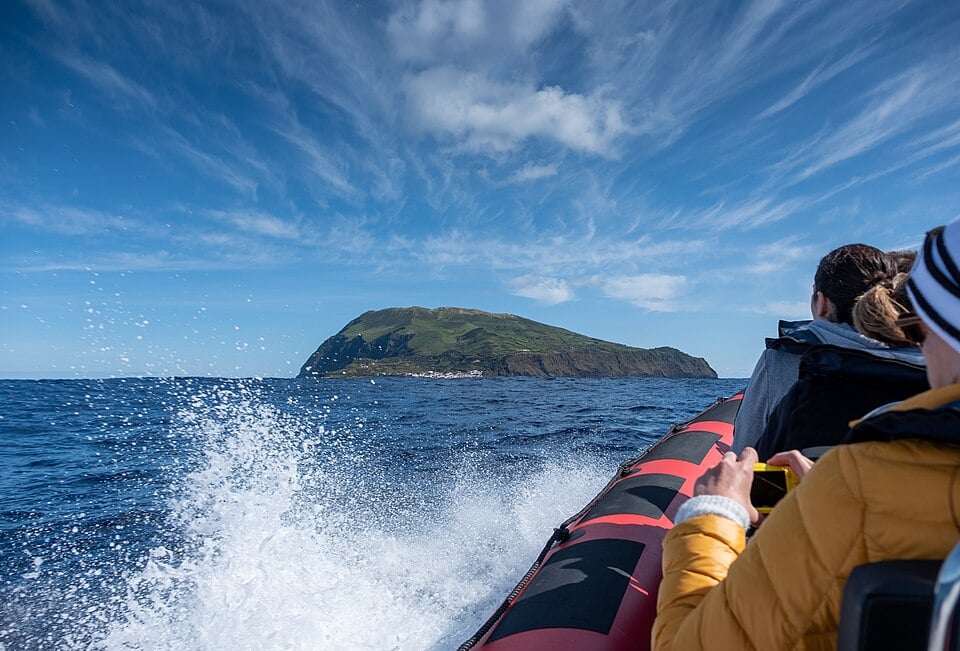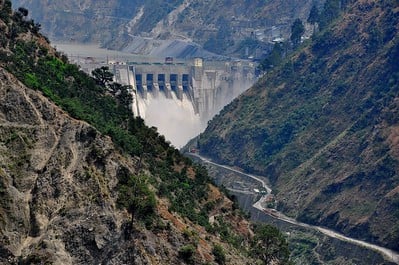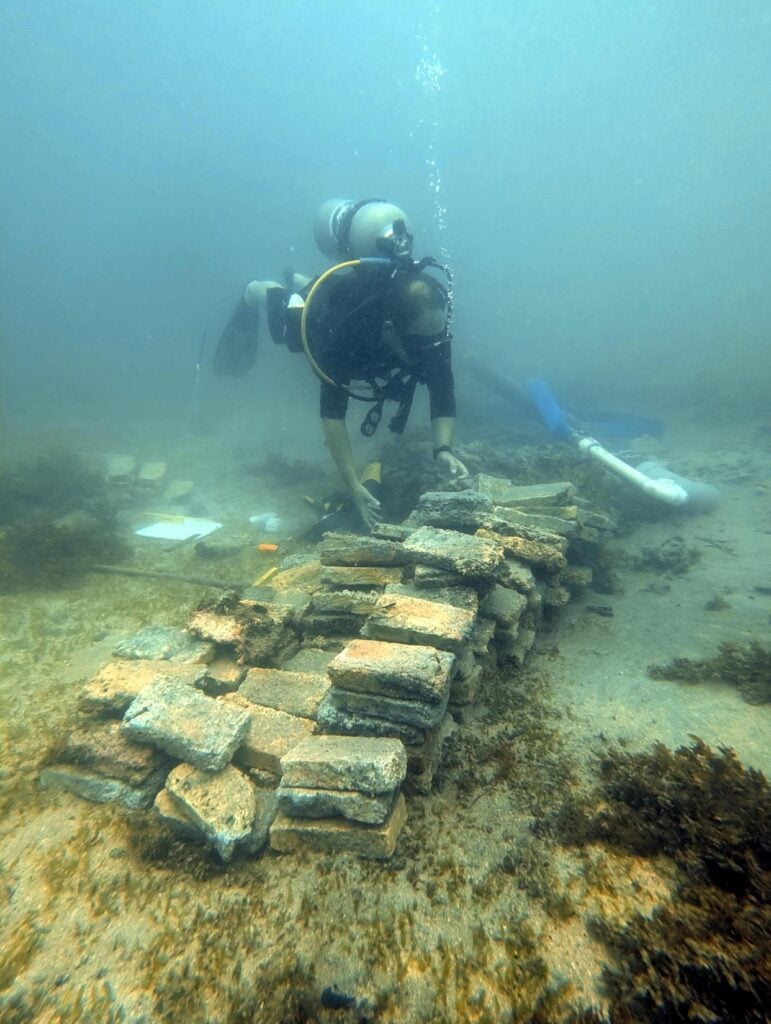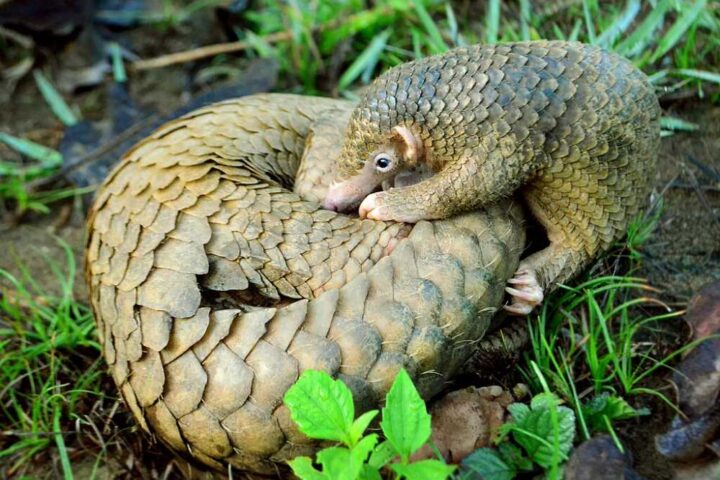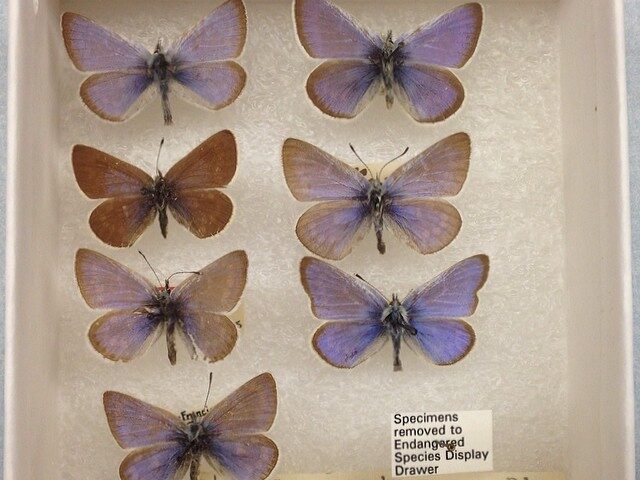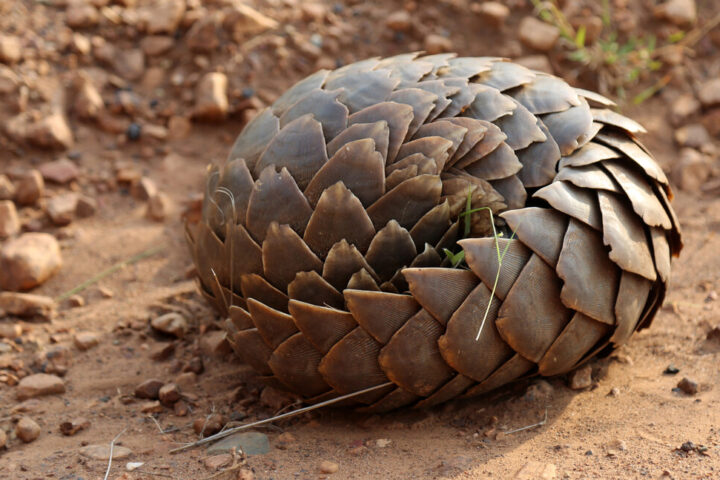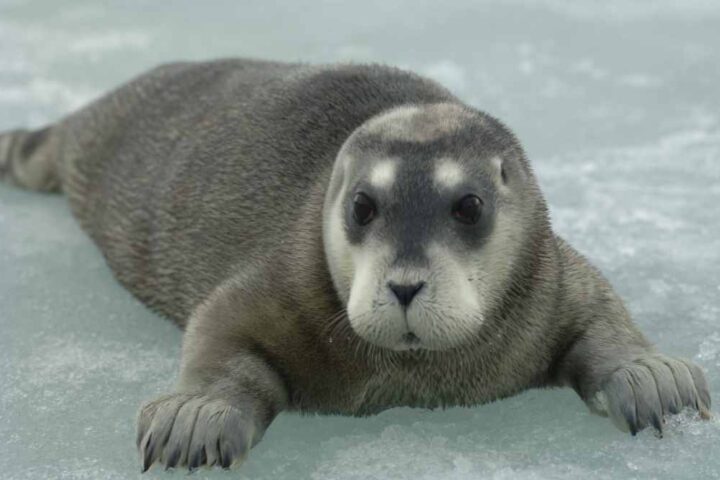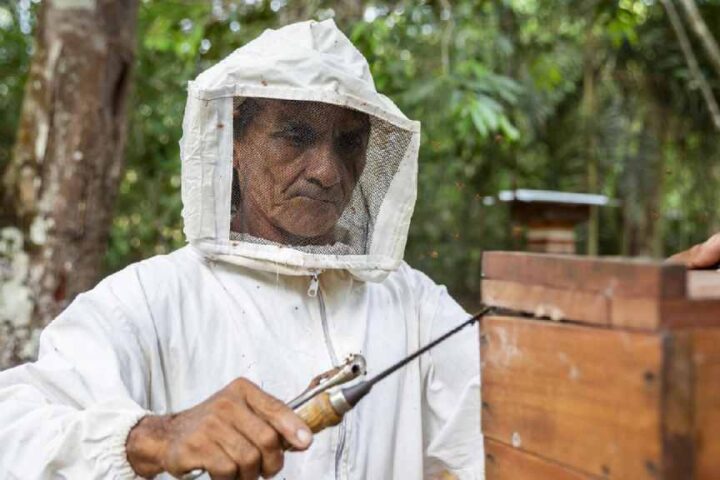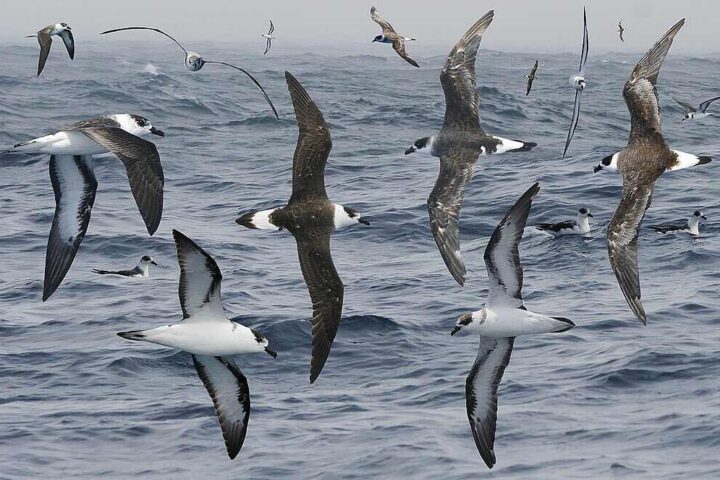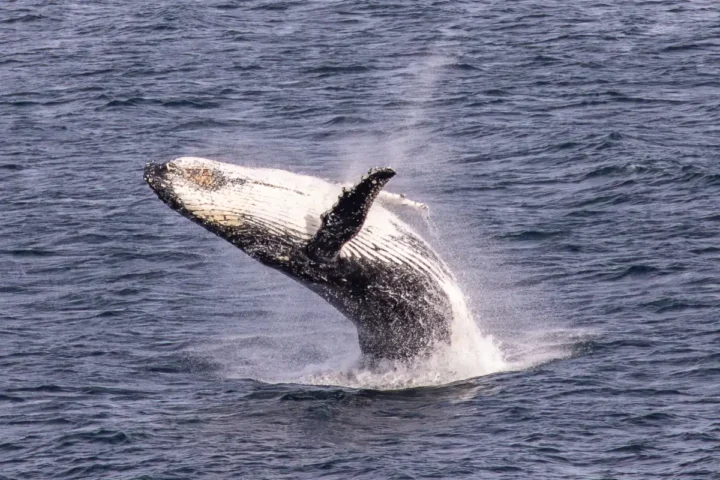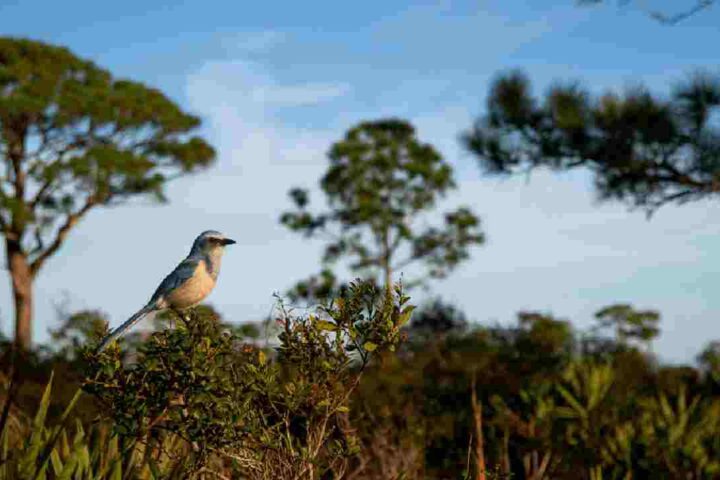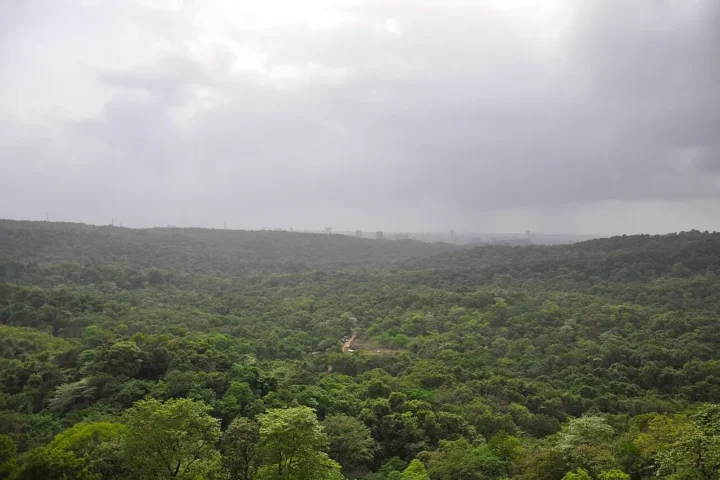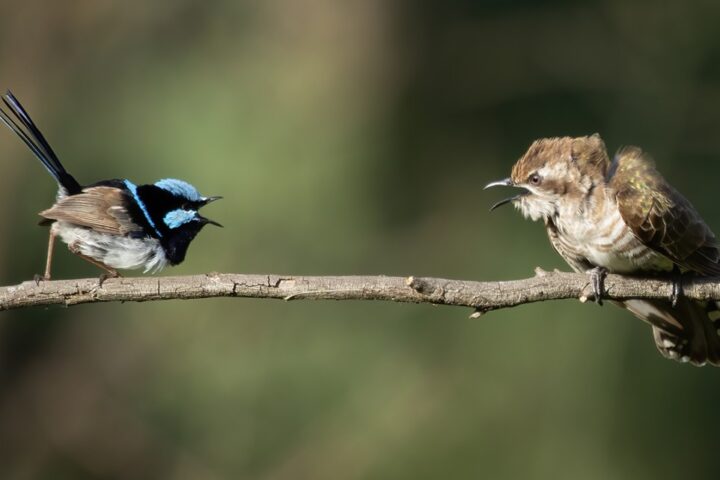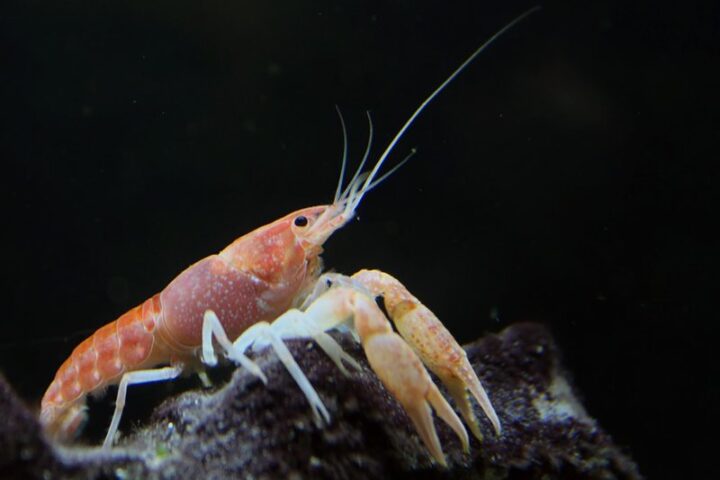The Azores archipelago, an autonomous region of Portugal, has established a sprawling 287,000 square kilometer marine protected area network—larger than the United Kingdom and the biggest in Europe. This October 2024 decision protects 30% of Azorean waters through a thoughtfully structured conservation approach that builds upon decades of ocean stewardship in this mid-Atlantic haven.
“With this moment of concession, we are taking another important step in the history of the sustainability of human, animal and plant life on our planet,” emphasized José Manuel Bolieiro, President of the Regional Government of the Azores, during the February 2025 ceremony.
A Framework Built on Science and Community
The network splits protection equally: 15% falls under full protection with zero extractive activities allowed, while 15% receives high protection status, permitting only selective, low-impact fishing methods. This balanced framework safeguards critical marine ecosystems while supporting sustainable economic activities.
These waters harbor extraordinary biodiversity treasures: hydrothermal vents where chemosynthetic organisms thrive in extreme conditions, and over 300 seamount ecosystems creating an underwater oasis. Additionally, these waters also have cold-water coral gardens that have grown over centuries and migratory corridors used by cetaceans, elasmobranchs, and pelagic species.
“The establishment of marine protected areas is an essential part of the global strategy for the conservation and management of the marine environment adopted by the United Nations and the European Union,” stated Bolieiro.
Three Decades of Marine Conservation Progress
The Azores’ conservation journey didn’t begin overnight. Since the 1980s, the region has gradually built its ocean protection framework:
- 1990s: Established early Natura 2000 marine sites under the EU Habitats and Birds Directives, laying the groundwork for habitat-level protection
- 2010: Closed the Condor Seamount to bottom fisheries, demonstrating the effectiveness of protection as blackspot seabream populations showed marked increases in abundance and biomass.
- 2019: Launched the collaborative Blue Azores programme, uniting government, foundations, and researchers in a participatory design process
- 2024: Approved the comprehensive Azores Marine Protected Area Network (RAMPA), covering 30% of territorial waters
This steady progression reflects growing scientific understanding and community buy-in over time.
Robust Funding and Enforcement Mechanisms
The Blue Azores Programme, formalized through a February 2025 Memorandum of Understanding, secured $10.4 million over five years: $5 million from the Waitt Foundation, €2.7 million from the Blue Ocean Foundation, and $2.7 million from Blue Nature Alliance. This funding supports management implementation, enforcement, and fisheries restructuring.
What separates this MPA network from “paper parks” is its enforcement mechanisms:
- Statutory management plans with clear GIS-based zoning maps
- Patrol vessels working alongside EU satellite monitoring systems
- Ecological assessments using the research vessel R/V Arquipélago to track ecosystem recovery
Portugal’s Environmental Fund will provide compensation for fishing losses resulting from the new protections, addressing economic transition concerns while supporting long-term marine health.
“This is a leading attitude, of assumption of powers, of responsibility in affirming the global prestige of the autonomic capacity to decide its greater good, because we are more sea than land,” Bolieiro stated, highlighting the Azores’ proactive stance.
The network wasn’t designed in isolation. Over six years, more than 40 stakeholder workshops engaged fishers, tourism operators, scientists, and conservation groups. Bolieiro emphasized this collaborative approach: “This definition had a process of participatory dialogue that allowed, with evidence and facts, the participation of all stakeholders in this matter.”
This inclusive design process brought together diverse perspectives to balance conservation with livelihoods, creating a model that works both for nature and people.
Climate Resilience and Blue Carbon Benefits
The Azores network delivers climate resilience benefits through carbon sequestration. Deep-sea ecosystems—particularly cold-water corals and sponge communities—function as long-term carbon sinks, while protected marine habitats help buffer islands against intensifying storms and rising seas.
The Azores MPAs complement existing OSPAR-designated high-seas protected areas along the Mid-Atlantic Ridge, creating continuous protection for migratory species throughout their ranges. This connectivity with the Mid-Atlantic Ridge North of the Azores, Altair, and Antialtair Seamounts ensures that complete habitats and migration corridors remain intact.
Dan Laffoley, IUCN Principal Advisor, noted: “When we think of Hope Spots and the Azores, we think of it as a twin-track approach here… The combination of both is what Hope Spots are about.”
The Azores network advances several international commitments:
- UN Biodiversity Framework: Contributes to the 30×30 target to protect 30% of land and sea by 2030
- EU Biodiversity Strategy for 2030: Supports EU targets of 30% protection with 10% under strict protection
- UN High Seas Treaty (BBNJ): Complements the spirit of the 2023 agreement, enabling MPAs beyond national jurisdictions
This conservation achievement helps Portugal increase its marine protection from 4.5% to 19.1% nationally. The initiative arrives six years ahead of the 30×30 target deadline, positioning the Azores as a leader in ocean conservation.
Marine protection generates quantifiable economic value. Whale-watching tourism already produces €80 million annually in the Azores. Previous protections have demonstrated substantial increases in commercial fish biomass, suggesting the expanded network will enhance fisheries through spillover effects.
Bernardo Brito e Abreu, Adviser on Maritime Affairs, pointed to future opportunities: “There will be an opportunity for a true blue economy that will value the region in the coming decades.”
A Conservation Model Inspiring Global Action
Dr. Sylvia Earle, founder of Mission Blue, celebrated the achievement: “Bravo to the regional government and the citizens of the Azores for the creation of a new network of marine protected areas! We urgently need to protect the ocean as if our lives depend on it – because they do!”
The Azores’ approach demonstrates how regional governments can implement ambitious marine spatial planning while balancing ecological imperatives with community needs. As Bolieiro concluded, “The region demonstrates its ability to lead by example, investing in the future of the Azores and forthcoming generations.”
For the people of the Azores, whose cultural identity is inextricably linked to the surrounding Atlantic, this protection network represents not just conservation policy but a commitment to preserving their maritime heritage and ensuring ocean health for generations to come.
